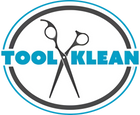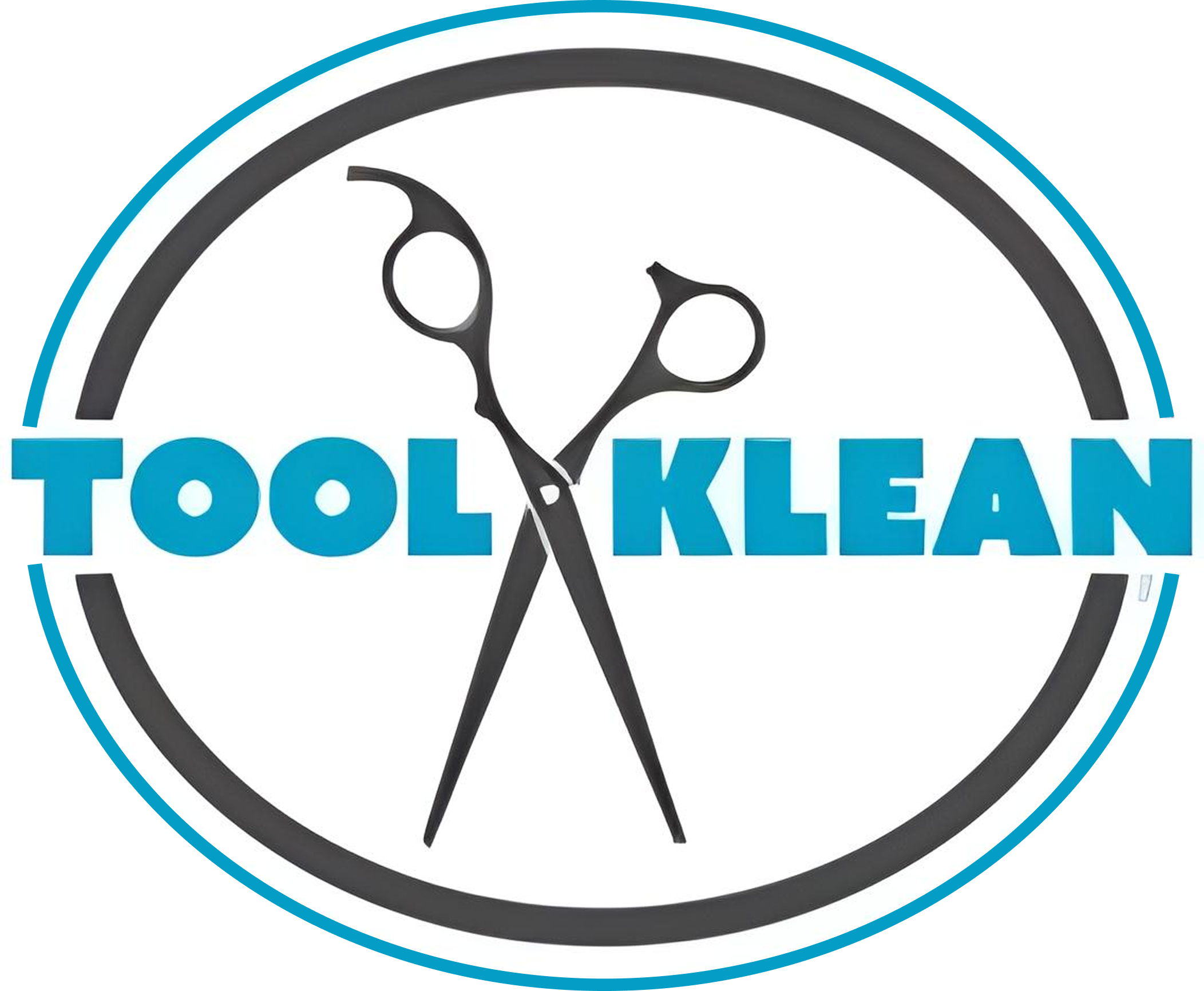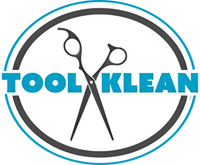In recent years, UV-C light has gained widespread popularity as an effective tool for sanitizing surfaces, devices, and personal items. From disinfecting smartphones to cleaning air in hospitals, UV sanitization offers a chemical-free solution for killing bacteria, viruses, and other harmful microorganisms. However, as with any emerging technology, myths and misconceptions about UV-C safety can sometimes overshadow its benefits. In this blog post, we’ll debunk some of the most common UV light myths and discuss how to use UV sanitization safely.
1. UV-C Light Is Harmful to Humans: Fact or Fiction?
Myth: UV-C light is too dangerous for humans to operate.
Fact: While it's true that UV-C light can be harmful if there is direct exposure to the skin or eyes, UV-C sanitizers are designed to minimize these risks. When used properly, UV-C light is safe. UV-C light is highly effective at deactivating bacteria and viruses by damaging their DNA or RNA, but human exposure is a concern only if the light is misused.
UV safety is a key consideration when using UV-C technology, which is why most UV sanitization devices, such as the ones sold by Tool Klean, include built-in safety features such as automatic shut-off mechanisms or protective covers to ensure users are not exposed to the harmful rays. These devices are generally meant to be used in enclosed spaces or with a protective equipment in place. UV sanitization myths often arise from a misunderstanding of how UV-C light works and how it is safely contained within these devices.
2. UV-C Light Doesn’t Actually Kill Germs
Myth: UV-C light doesn’t effectively kill germs and viruses, it’s just a marketing gimmick.
Fact: UV-C light has been scientifically proven to kill or inactivate a wide variety of pathogens, including bacteria, viruses, and fungi. When microorganisms are exposed to UV-C radiation, the DNA or RNA in their cells is damaged, preventing them from replicating or infecting a host. This process, called UV disinfection, has been used for decades in water treatment, air purification, and surface sanitization.
UV-C sanitization myths often stem from the assumption that UV light is not effective in comparison to traditional disinfectants like bleach. However, UV-C has been shown to be as, if not more, effective in many settings. For example, a 2019 study published in the Journal of Hospital Infection found that UV-C light was successful in reducing the contamination of surfaces and air in hospital environments, a critical space where sanitation is vital.
3. UV-C Light Can Be Used for Anything, Anytime
Myth: UV-C light is a one-size-fits-all solution that can be used on anything, including your skin and eyes.
Fact: UV-C light is only safe for use on non-living surfaces and objects. It should never be used on the skin or eyes, as it can cause serious damage. Safe usage of UV-C light means following manufacturer instructions and understanding its limitations. UV-C light sanitizers are specifically designed for use on items like smartphones, keyboards, or medical equipment, and they are not intended for direct exposure to living tissues.
Another common myth is that UV-C light can be applied to any surface, but certain materials, especially porous surfaces, may not be effectively sanitized by UV light alone. UV-C light works best on smooth, non-porous surfaces, so using it for cleaning fabrics or other absorbent materials may not be as effective.
4. UV-C Light Is a New and Unproven Technology
Myth: UV-C light is a new, untested technology that has not been proven effective for sanitization.
Fact: UV-C technology has been used for more than 100 years in water treatment and medical applications. It has proven efficacy in sanitizing environments and inactivating harmful microorganisms. Hospitals and laboratories have been using UV-C light for decades to sterilize medical instruments and equipment. In fact, it’s only recently that UV-C devices have become more accessible for home use, with many small, portable devices designed to sanitize everyday items like phones and keys.
While it’s true that UV-C light technology continues to evolve, the scientific community has long recognized its ability to disinfect effectively. In addition, UV sanitization myths that suggest UV-C is "unproven" may stem from misunderstandings about the difference between the technology's professional use and the newer, more affordable devices entering consumer markets.
5. UV-C Light Is the Same as UV-A or UV-B Light
Myth: UV-C light is just like UV-A and UV-B light, and therefore has the same effect on human health.
Fact: UV-C light is fundamentally different from UV-A and UV-B light, which are primarily responsible for causing sunburns and skin cancer. UV-C light is far more powerful but is also absorbed by the Earth's atmosphere, meaning we are not naturally exposed to it. UV-C light used for disinfection is typically far stronger than UV-A or UV-B, which is why it can be effective at killing bacteria and viruses.
However, the same properties that make UV-C light effective for sanitization also make it hazardous if not used properly. Therefore, UV safety guidelines are crucial when handling UV-C sanitizers, and manufacturers design their products to contain the light in a controlled, safe manner.
Conclusion: Is UV-C Light Safe?
In conclusion, UV-C light is an extremely effective tool for sanitization, but like any powerful technology, it must be used correctly to ensure UV safety. By understanding the UV sanitization myths and separating fact from fiction, you can make informed decisions about how to incorporate UV-C technology into your cleaning routine.
Remember, the key to safe usage lies in following the manufacturer's guidelines, using UV sanitizers in a controlled environment, and avoiding direct exposure to the light. When used properly, UV-C sanitizers are a safe and powerful way to reduce germs and protect your health.





Leave a comment